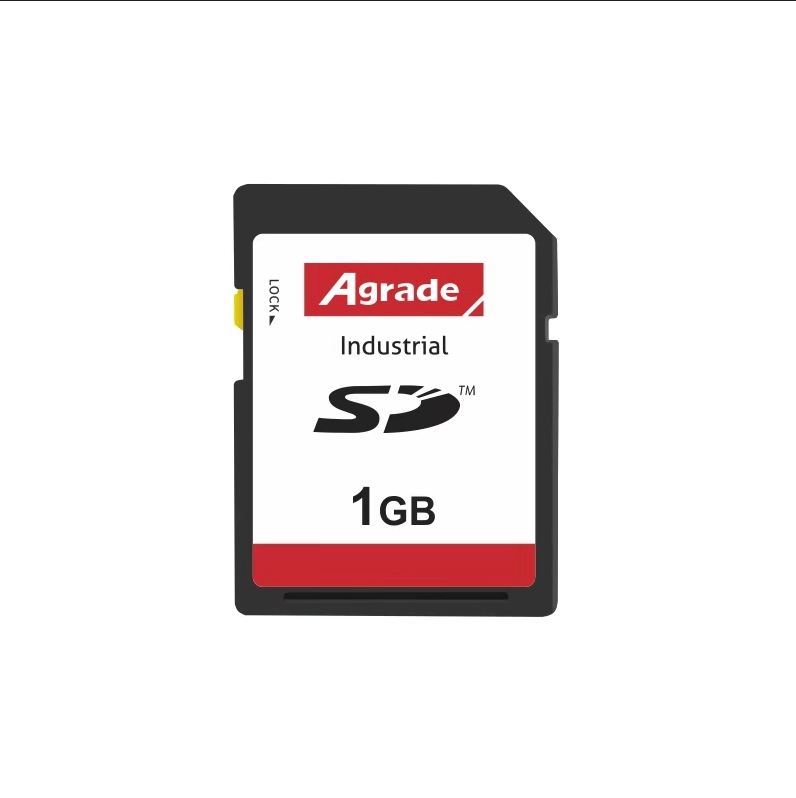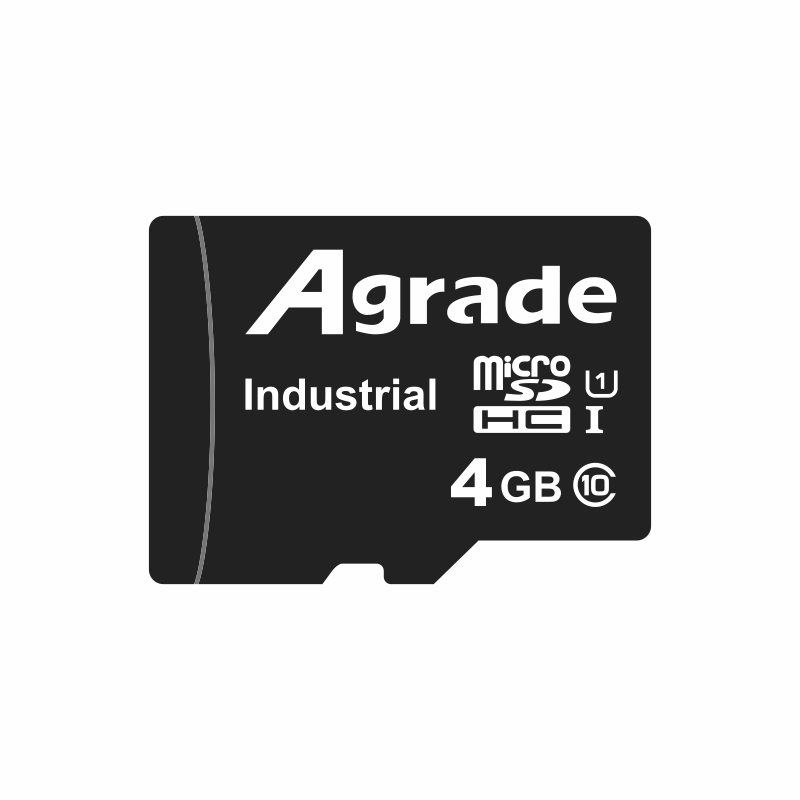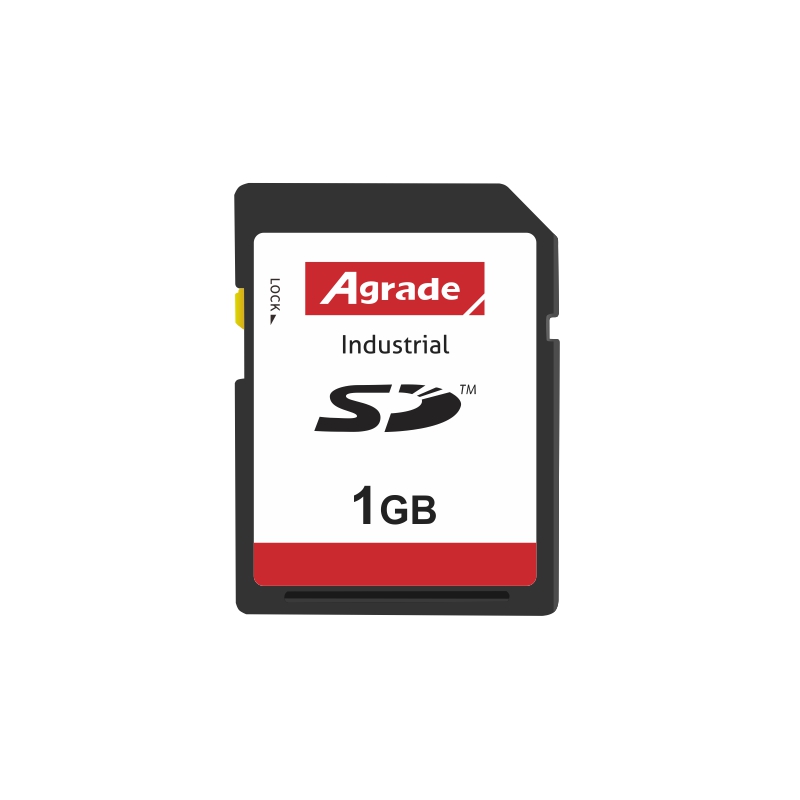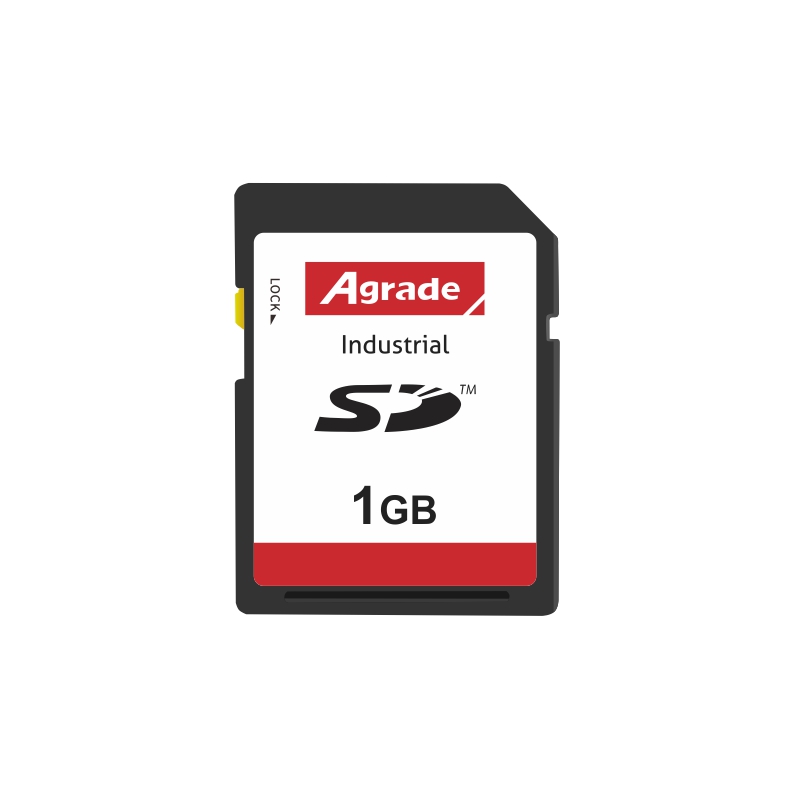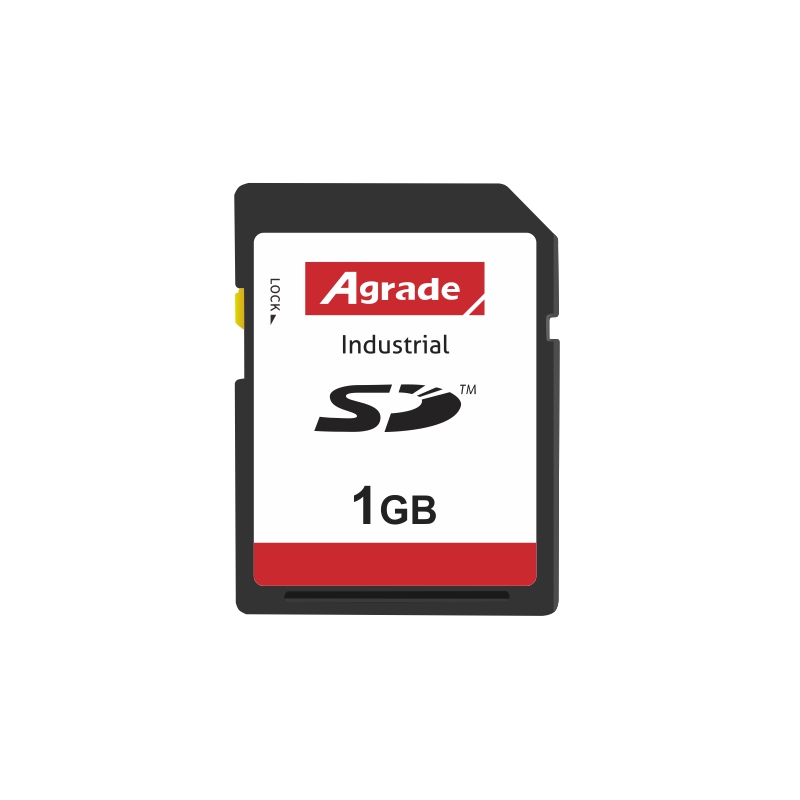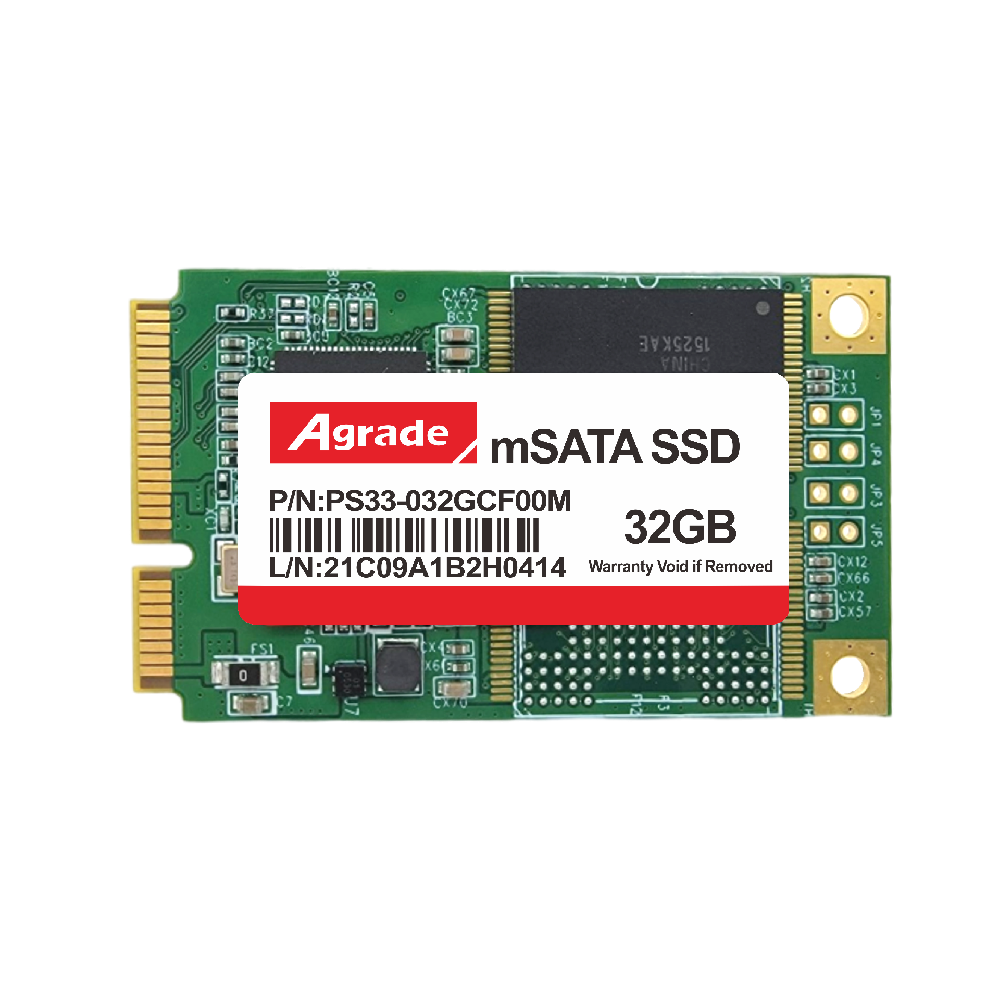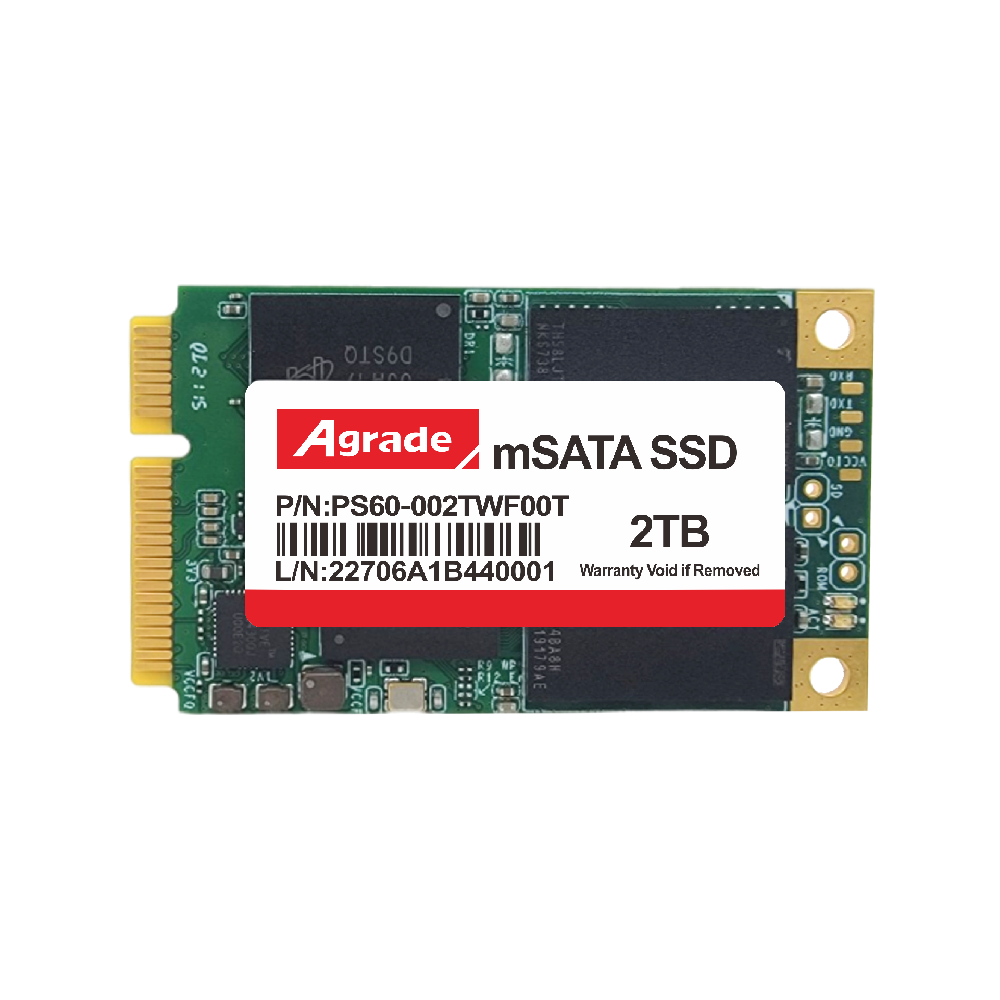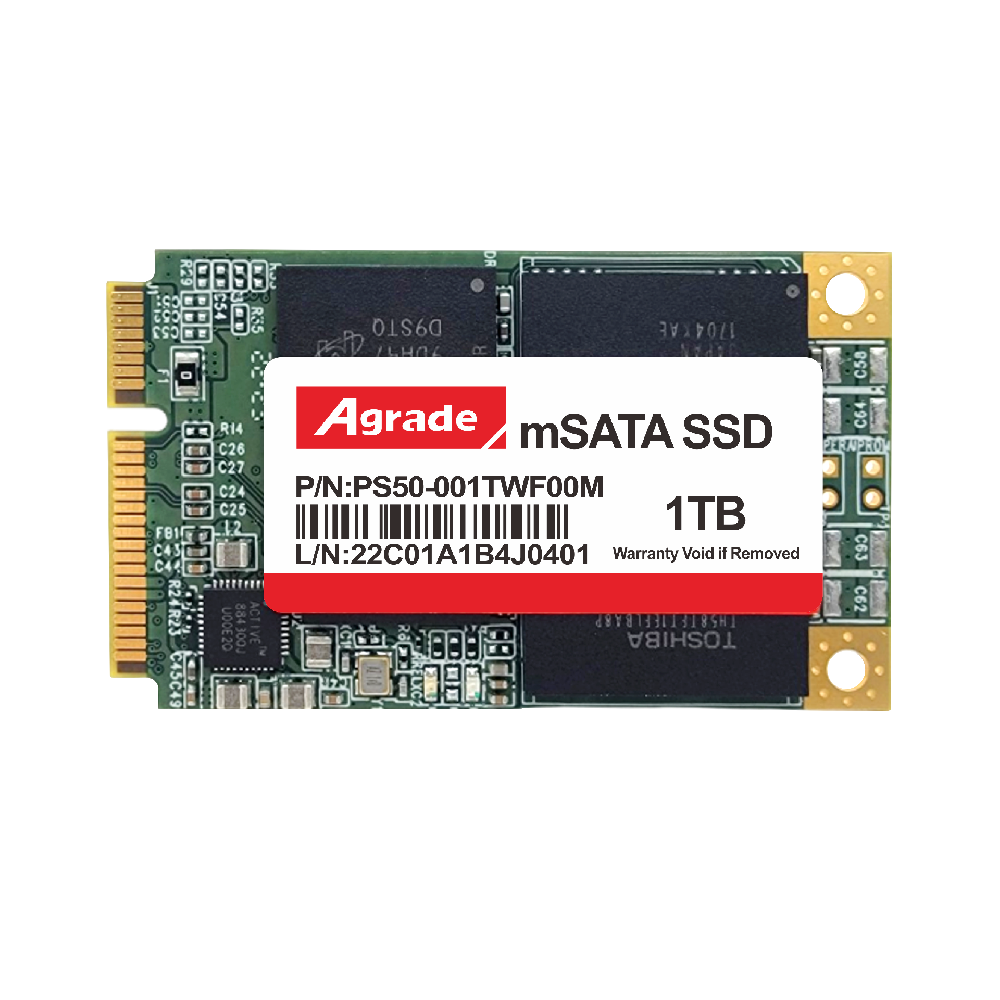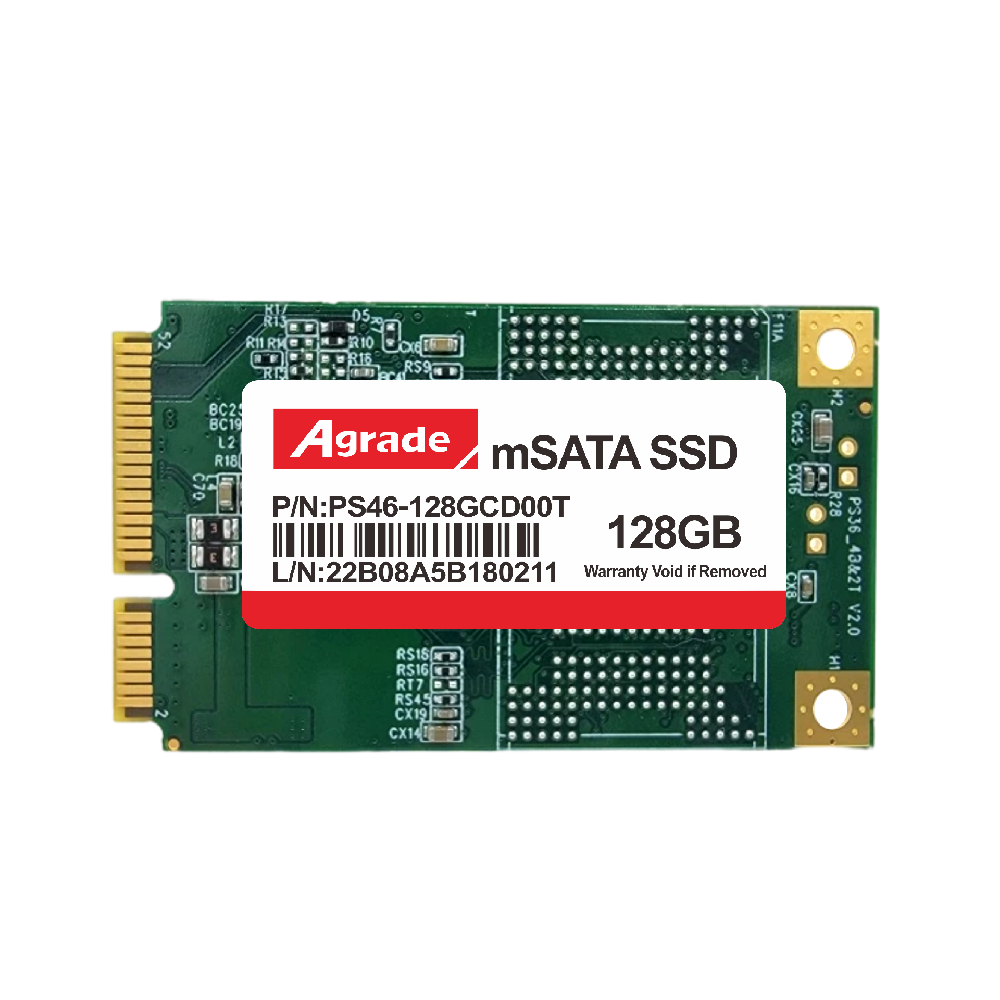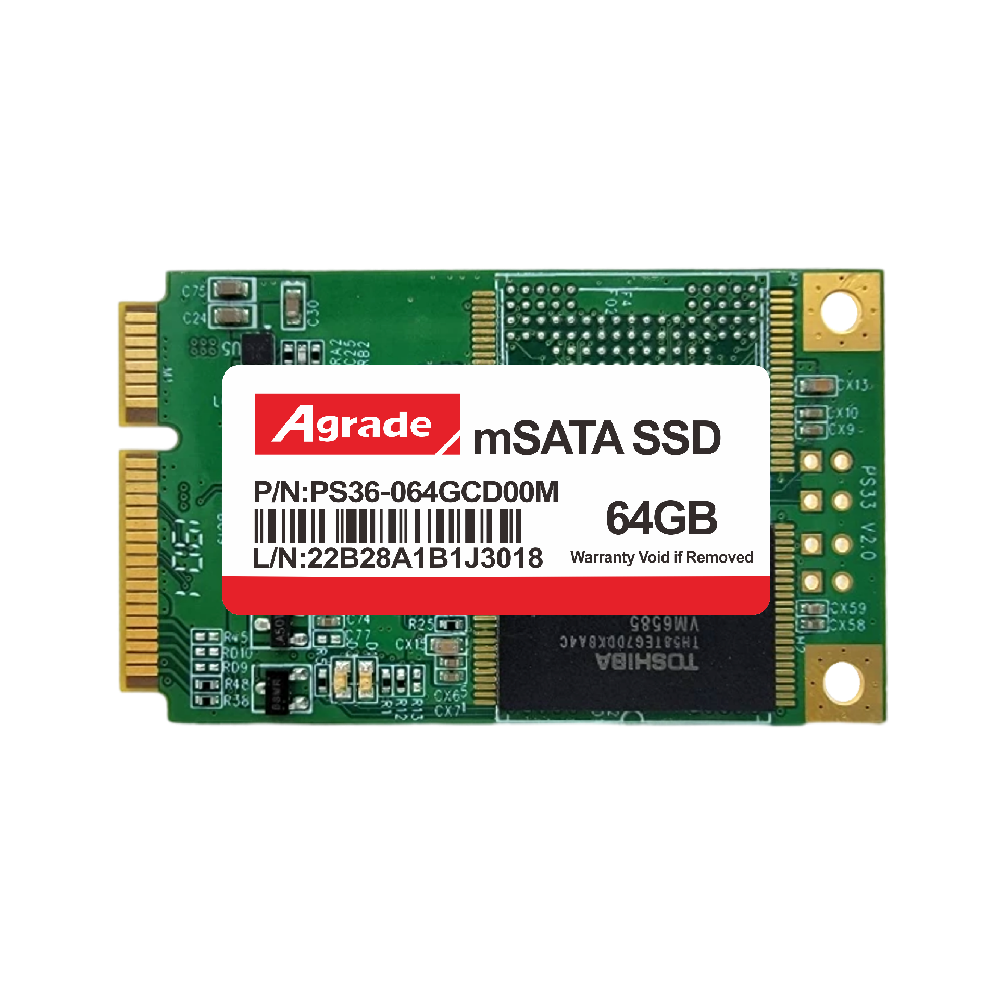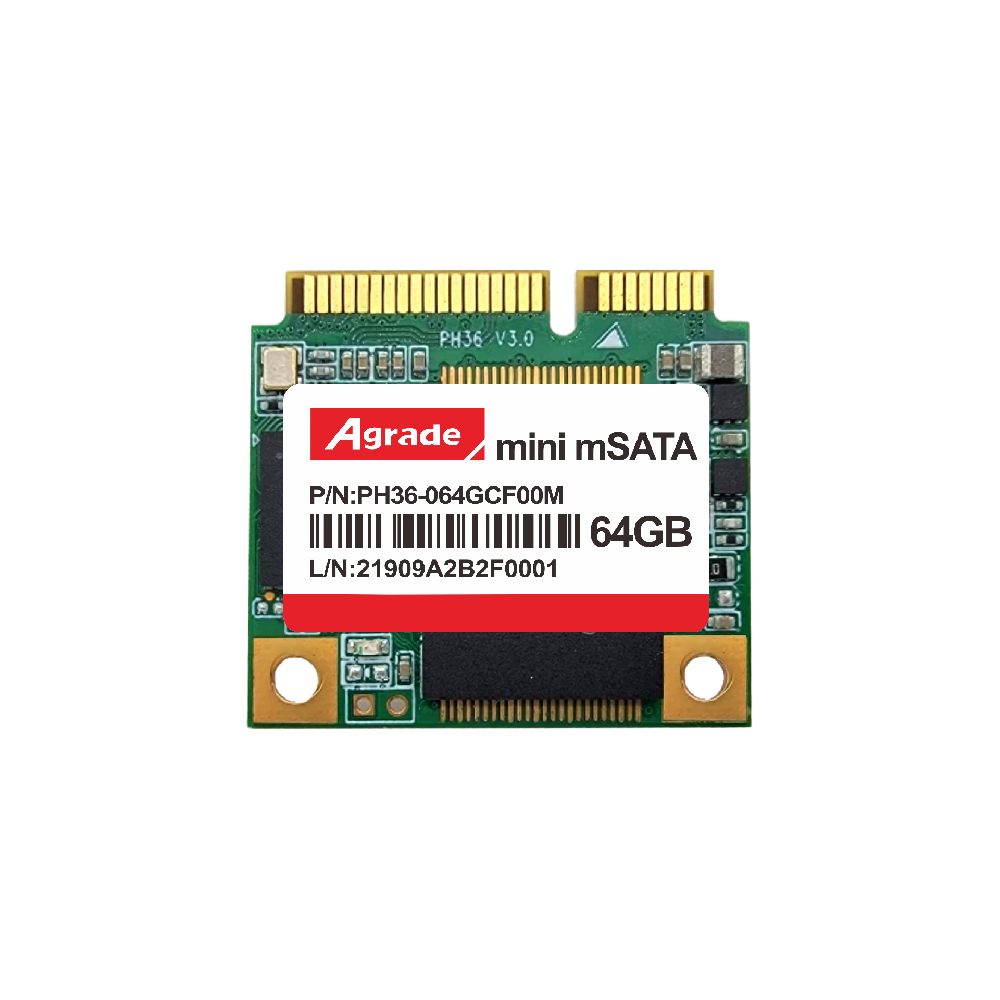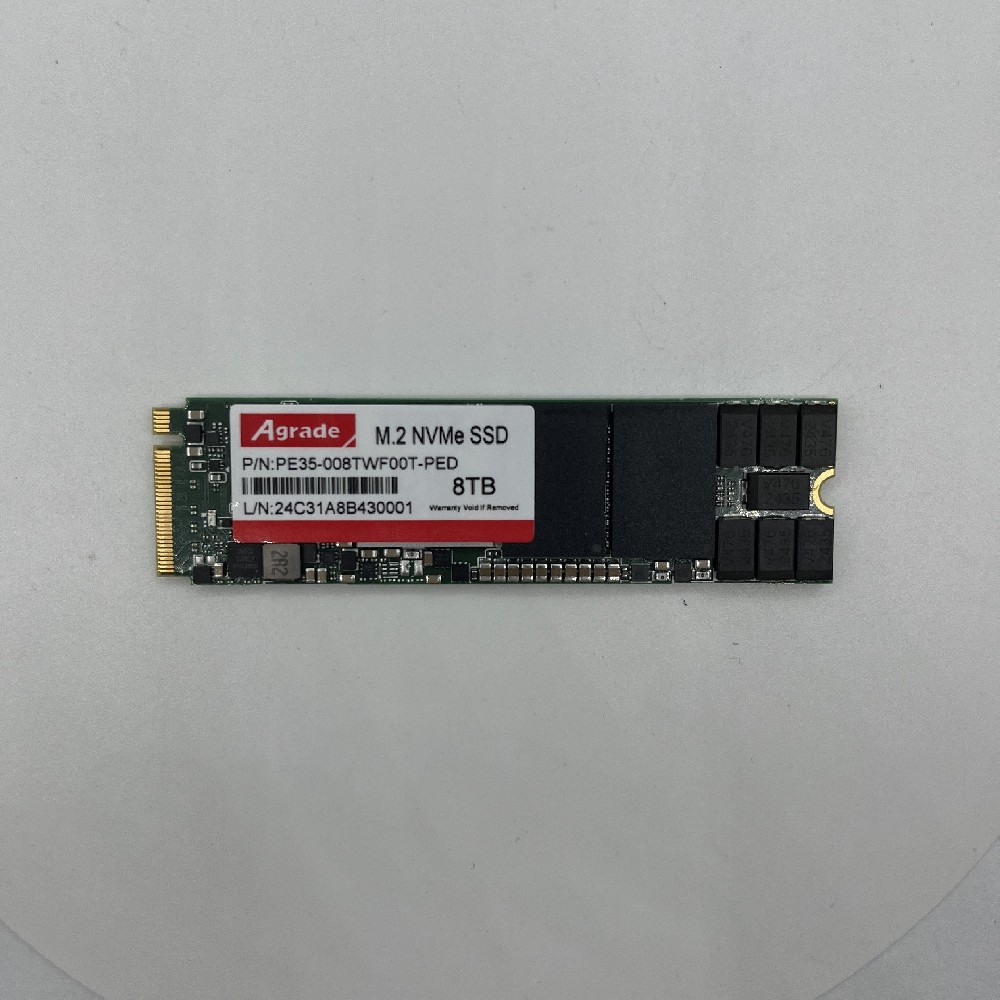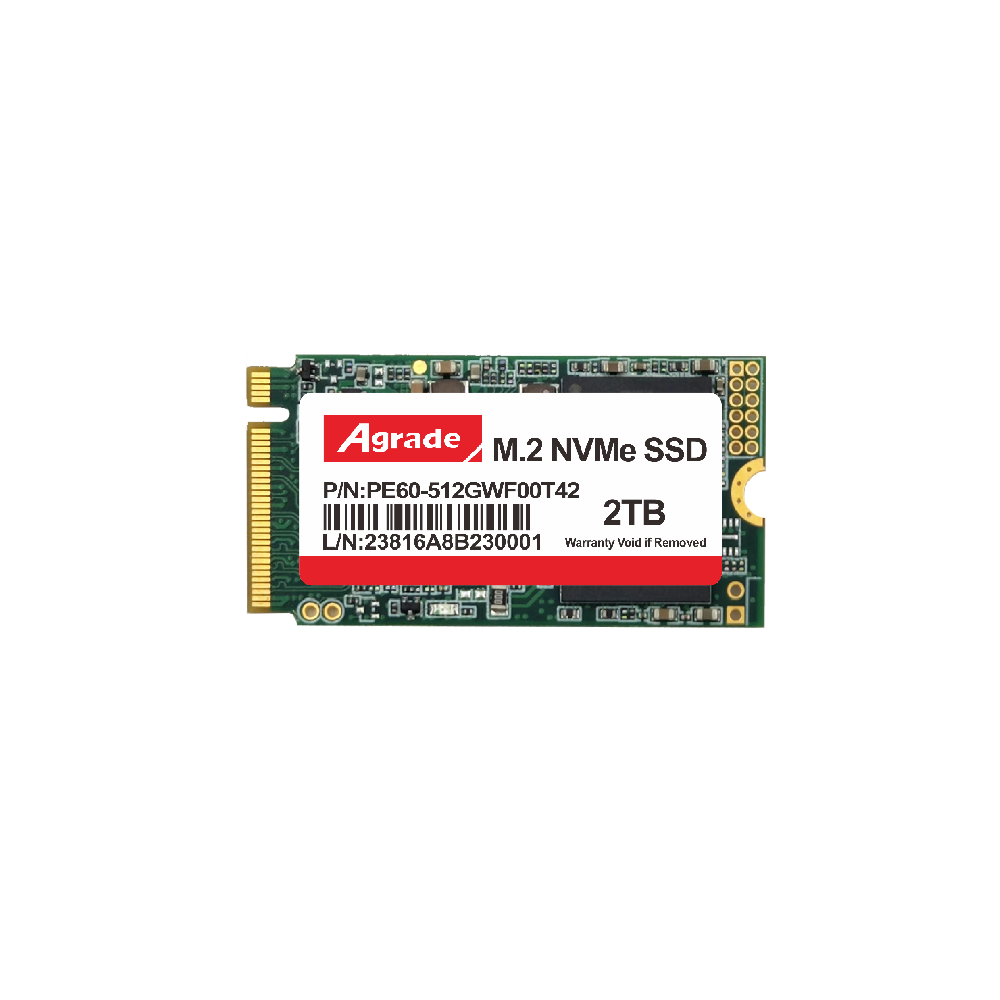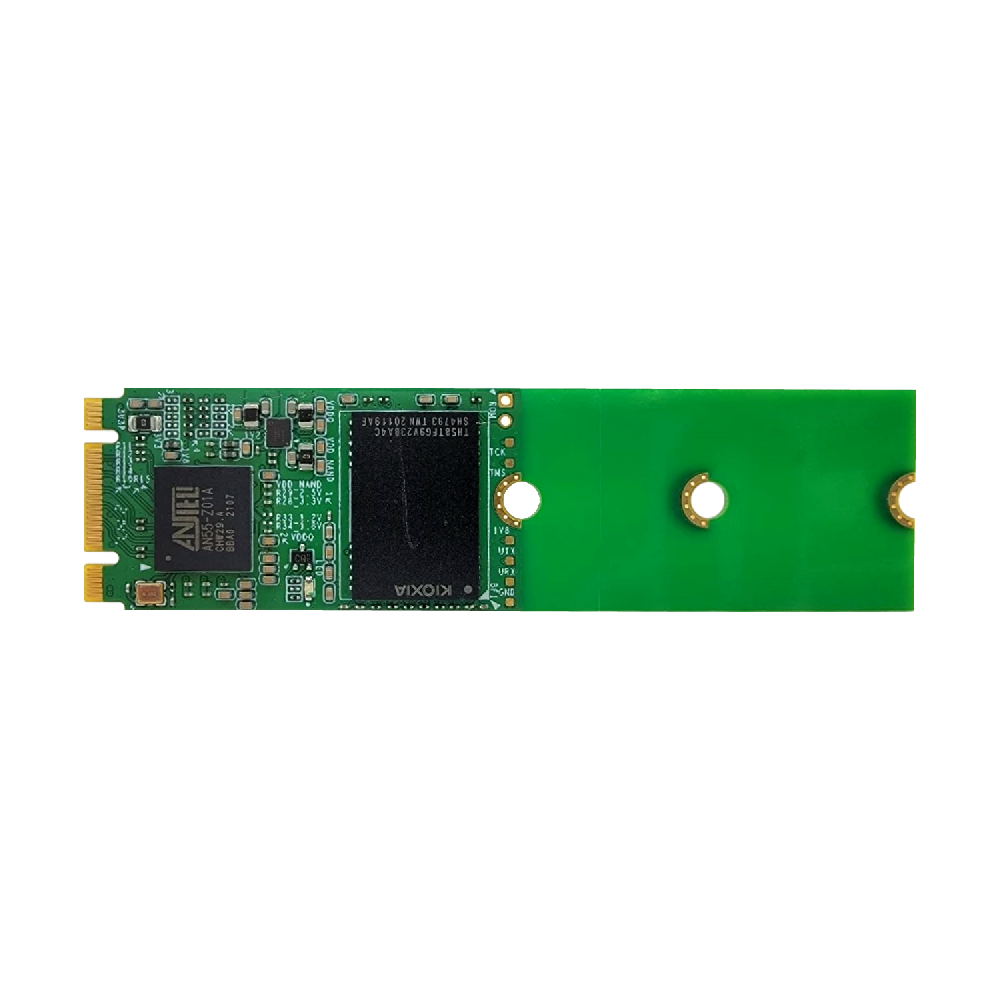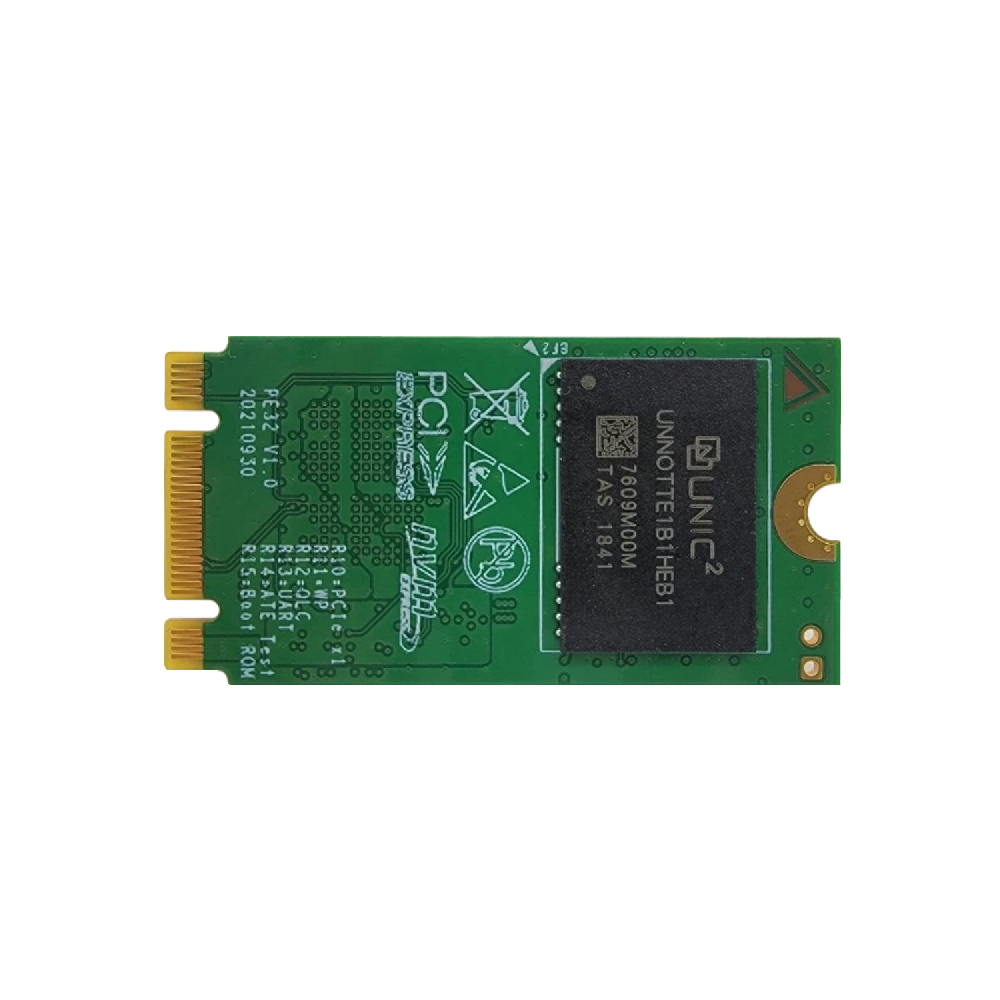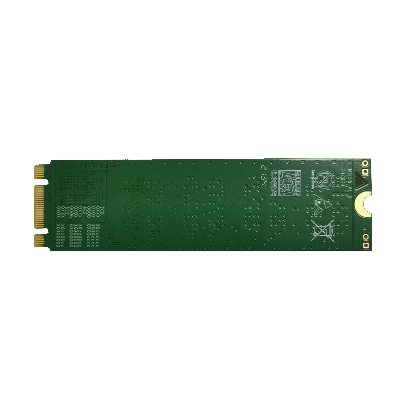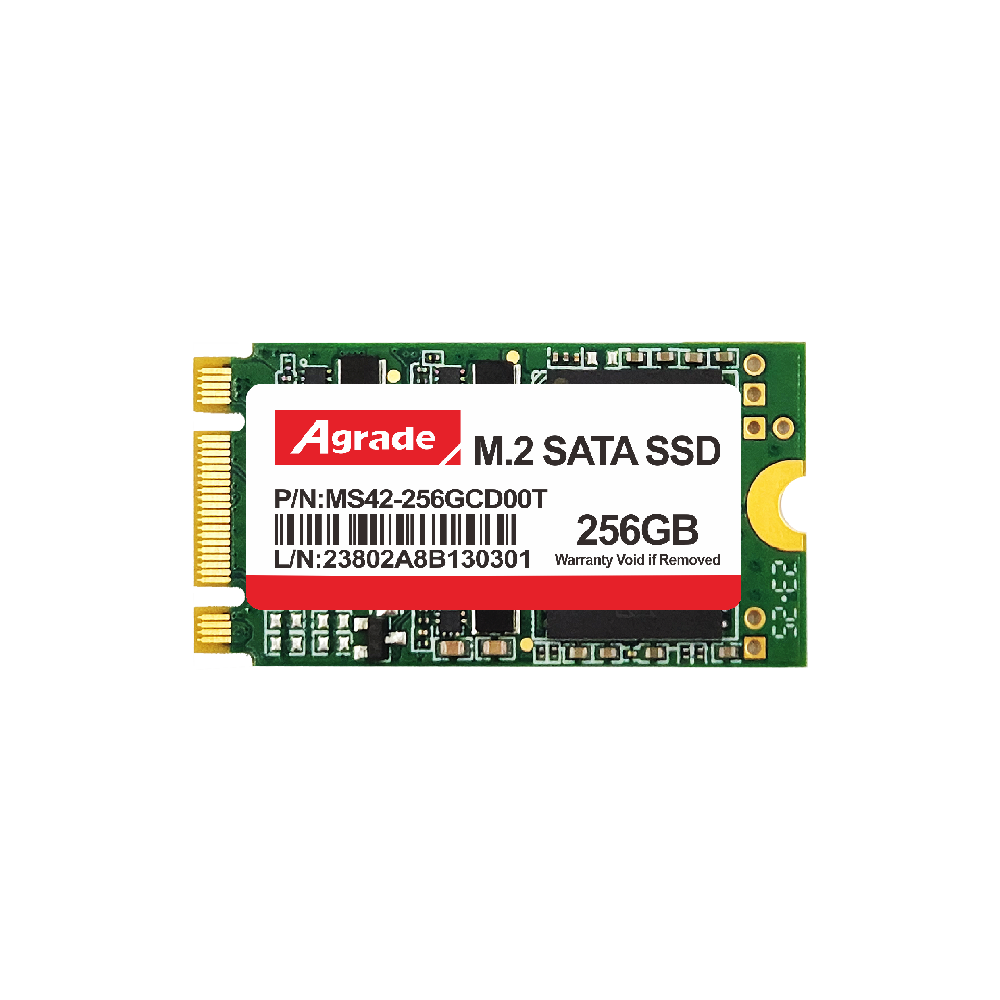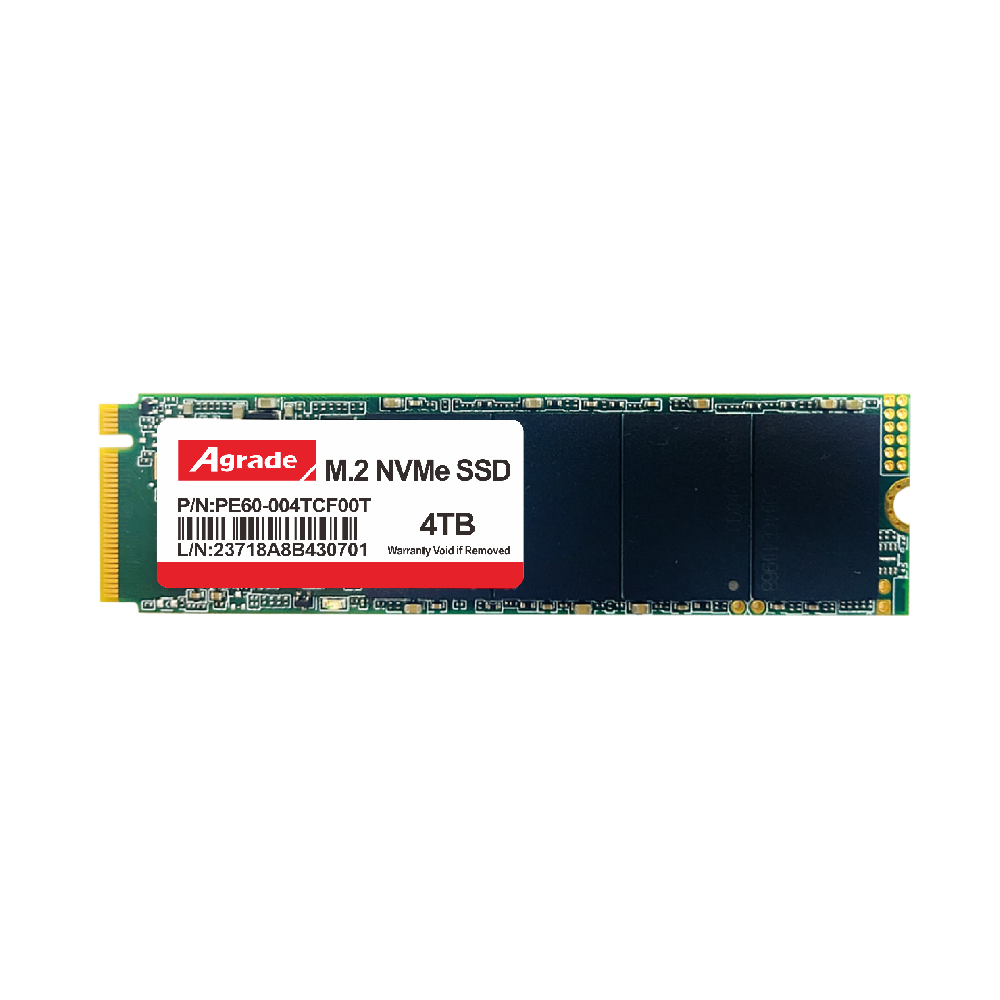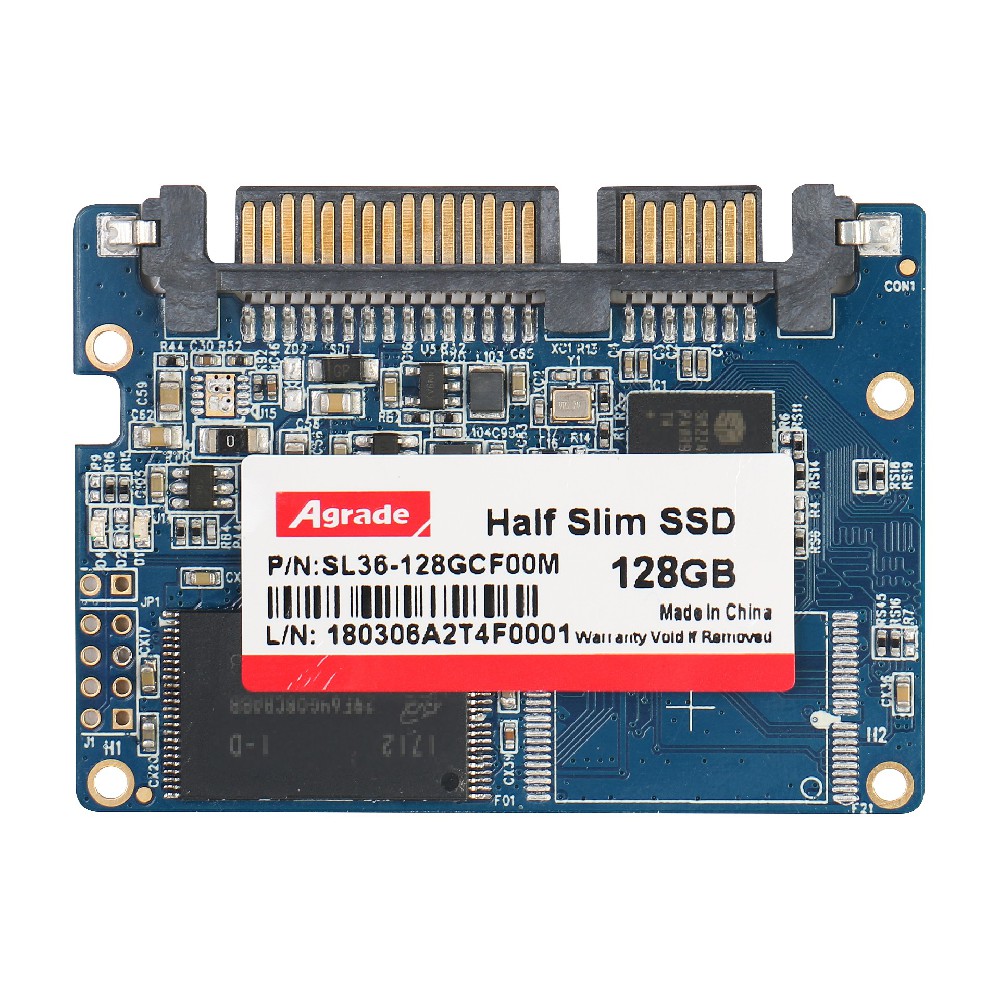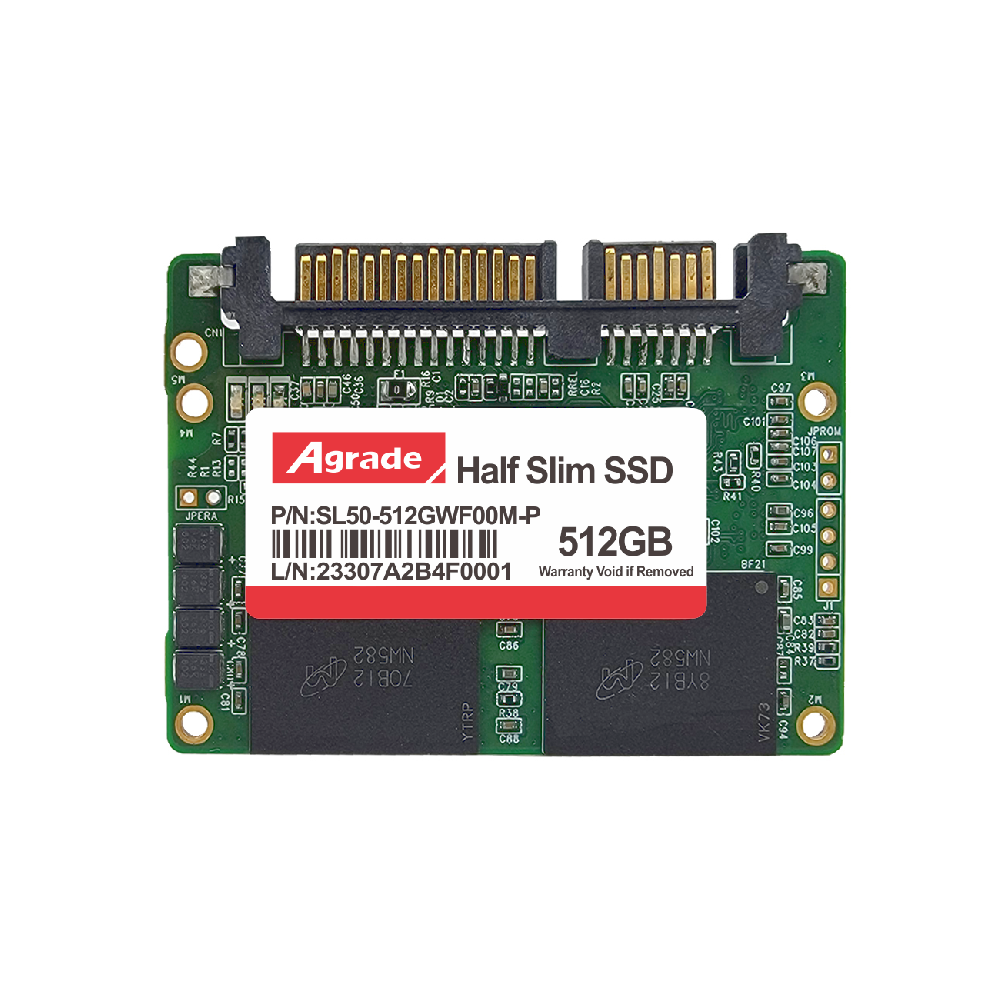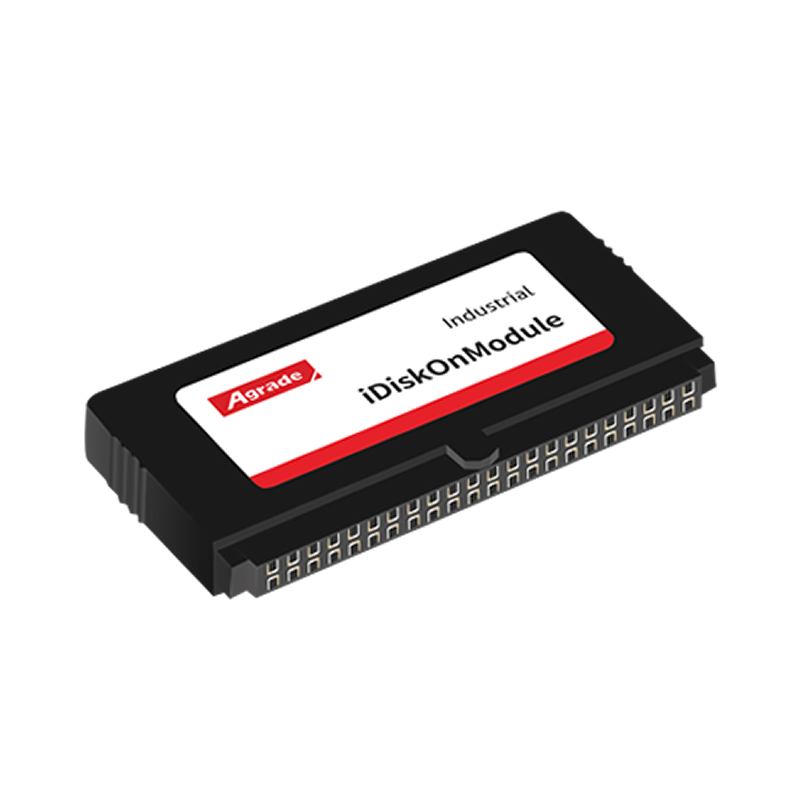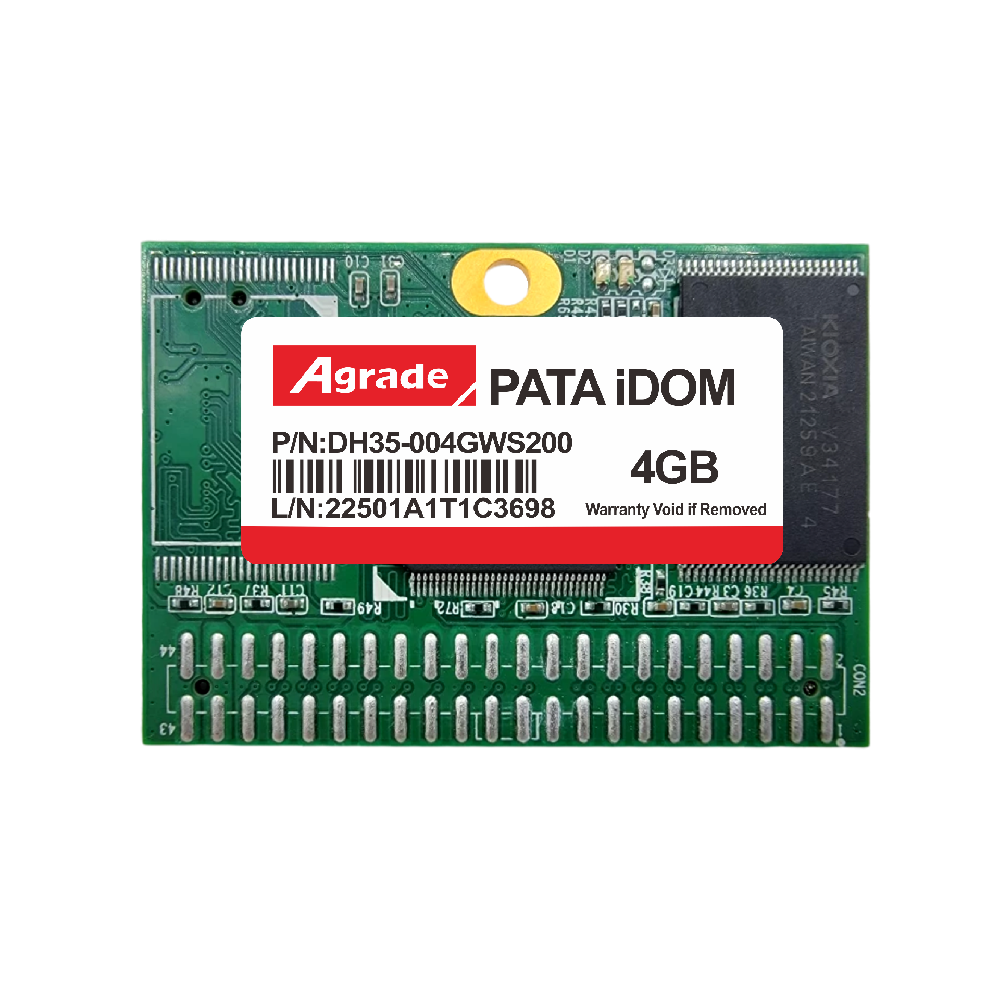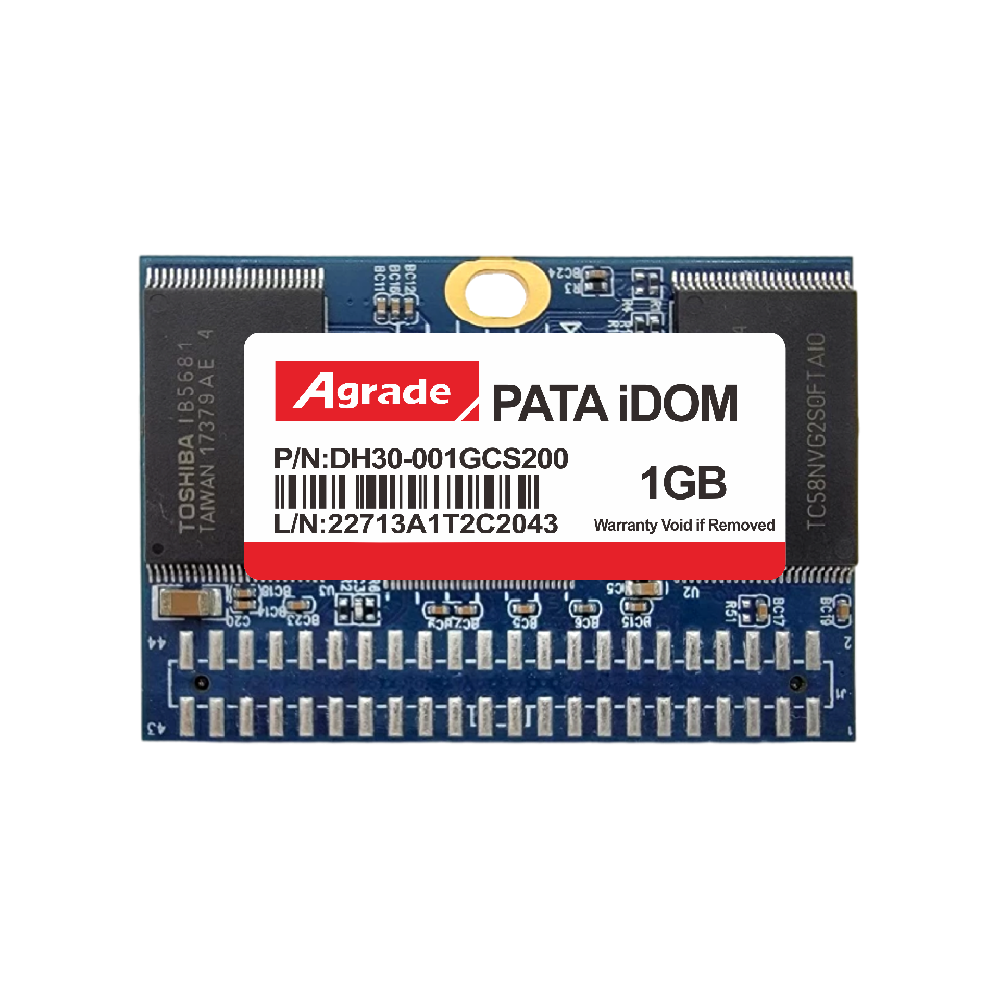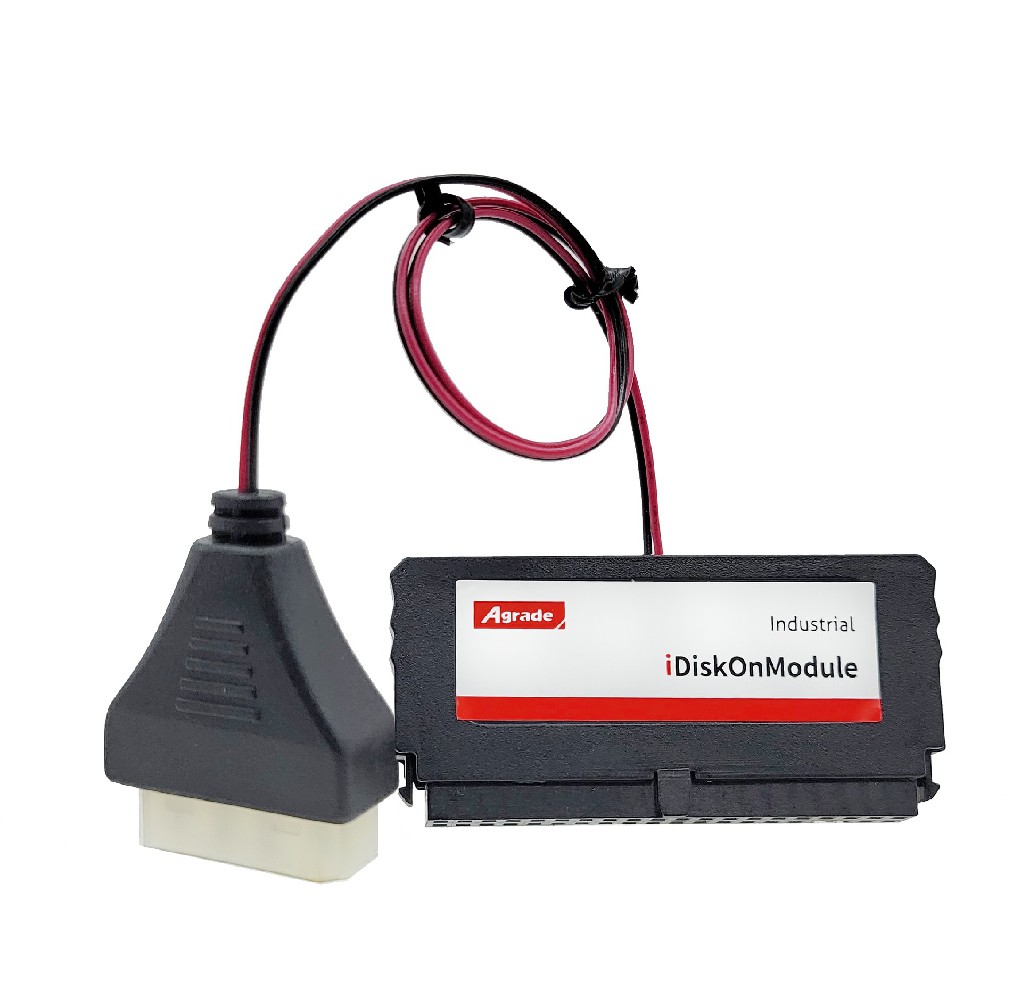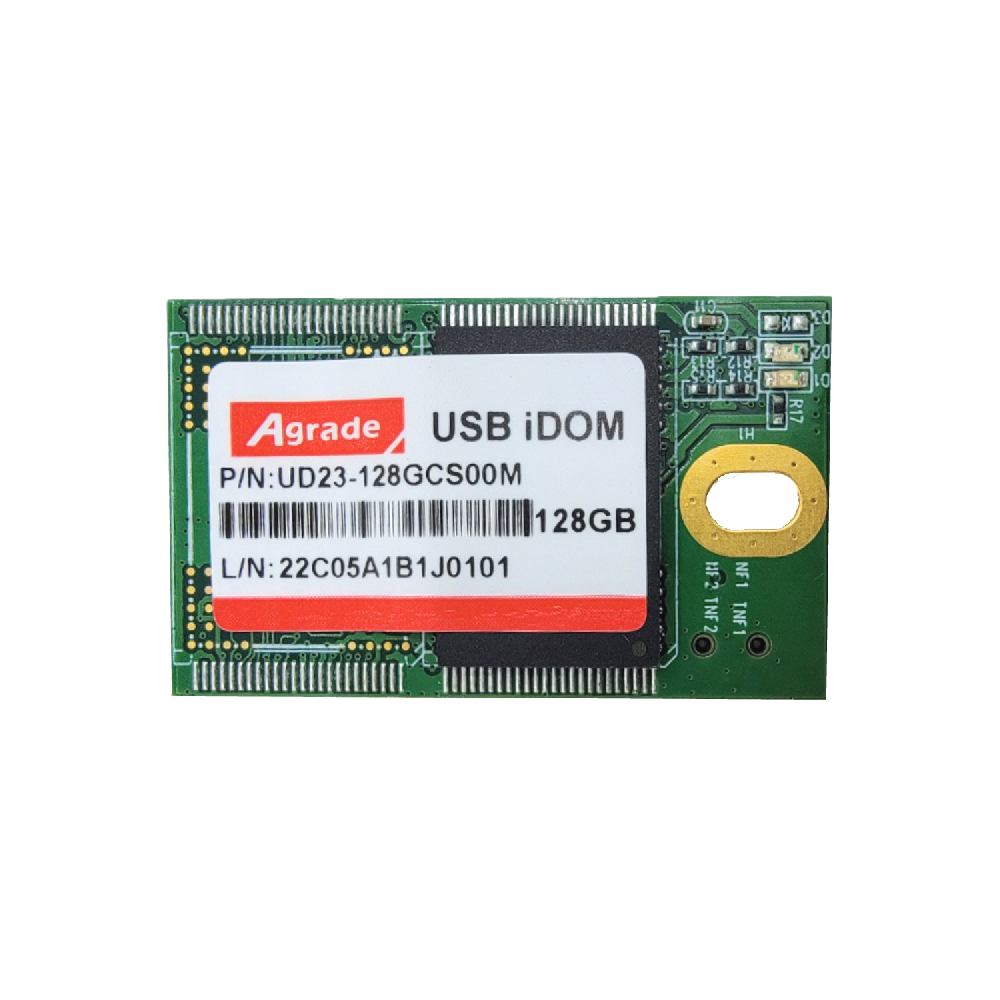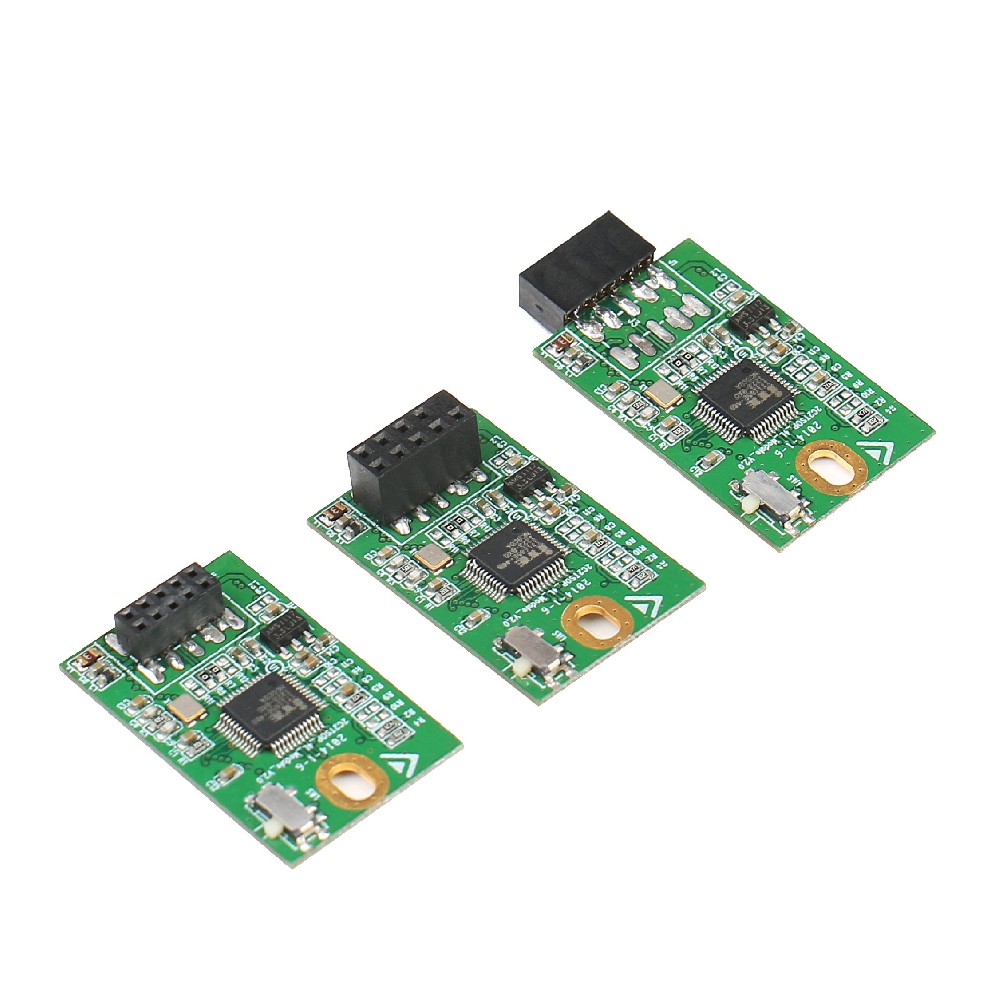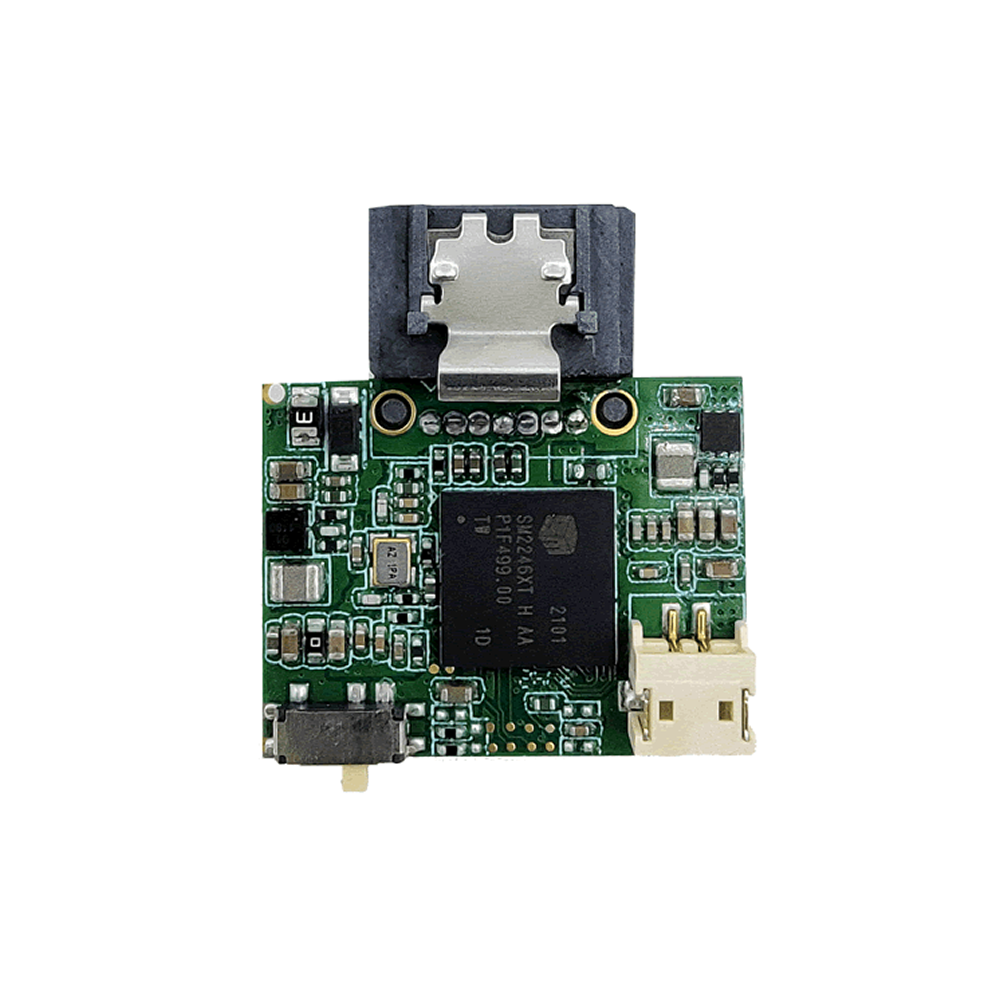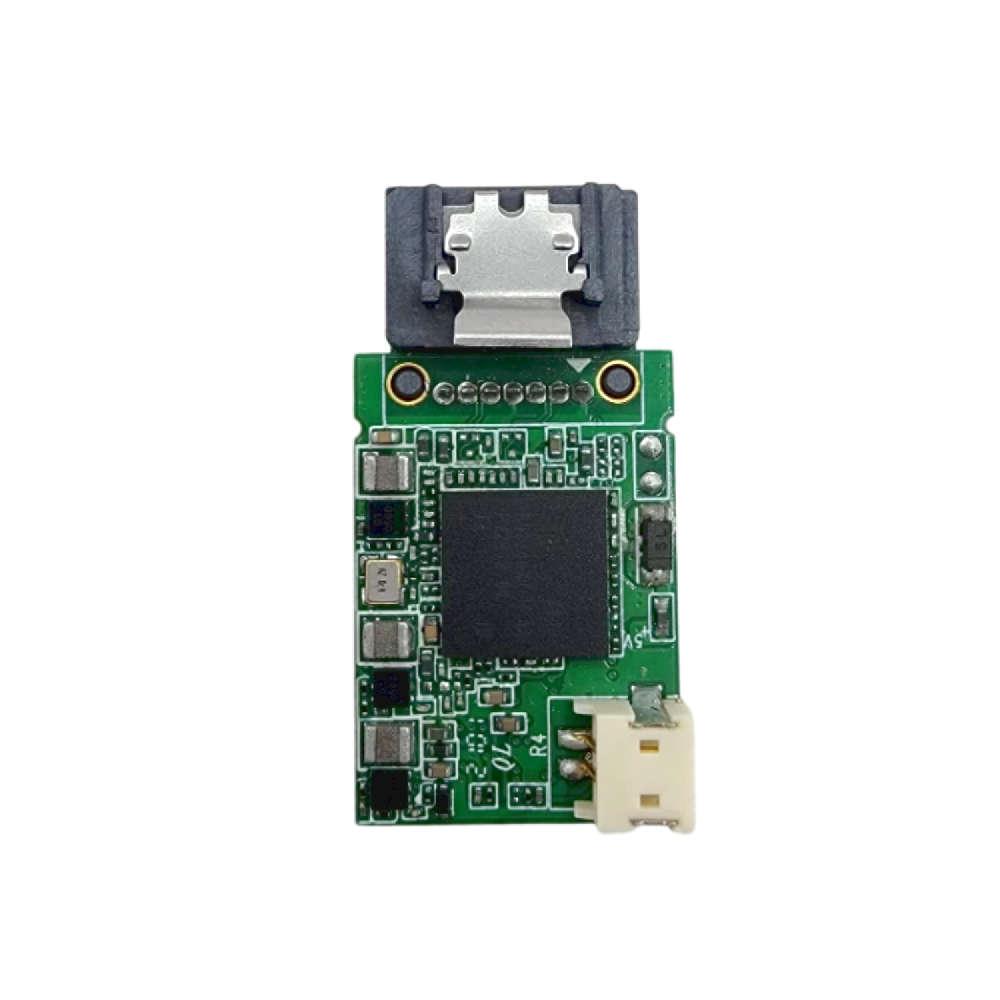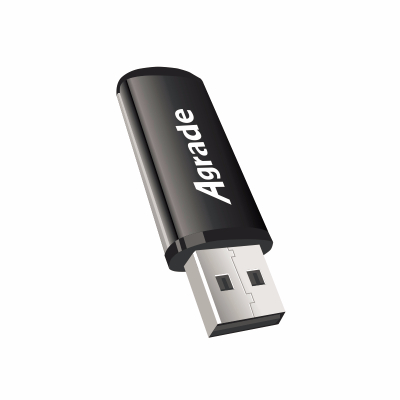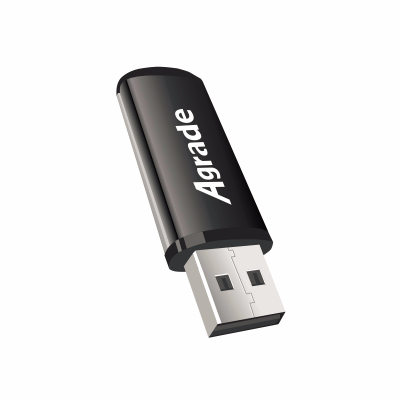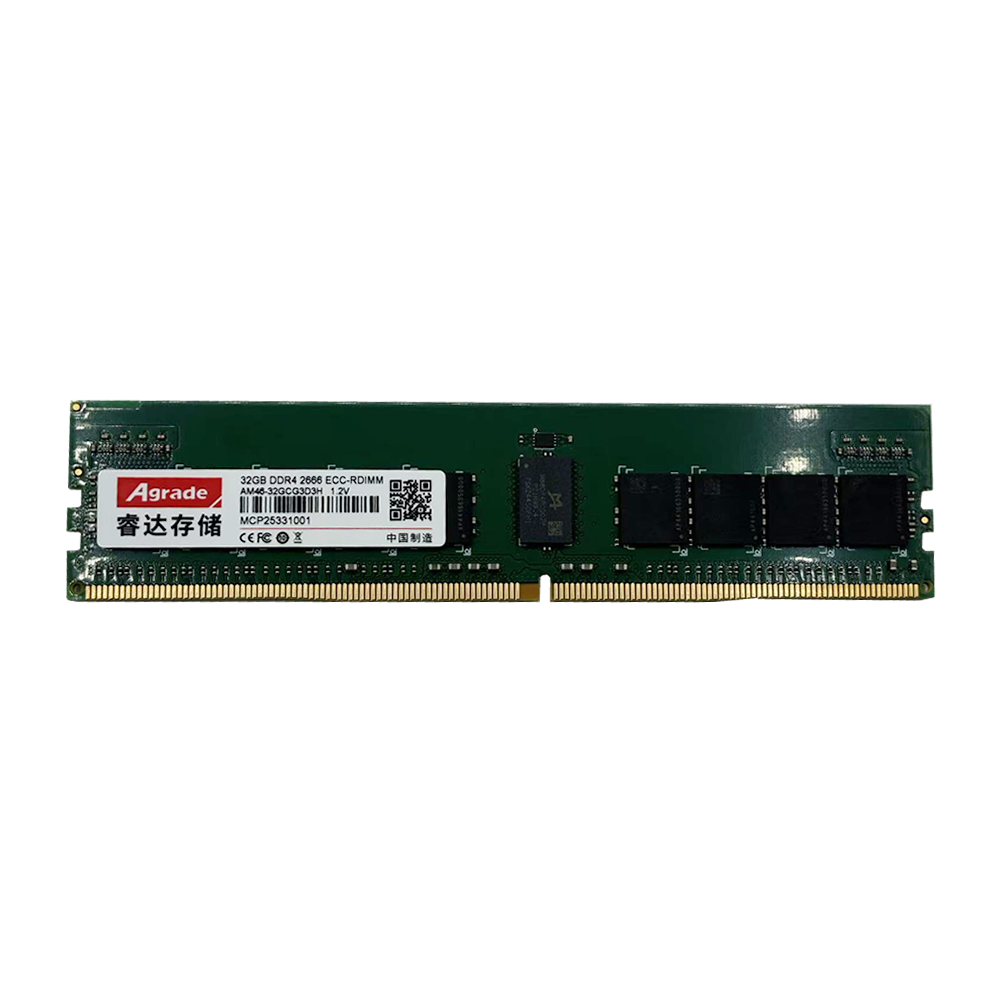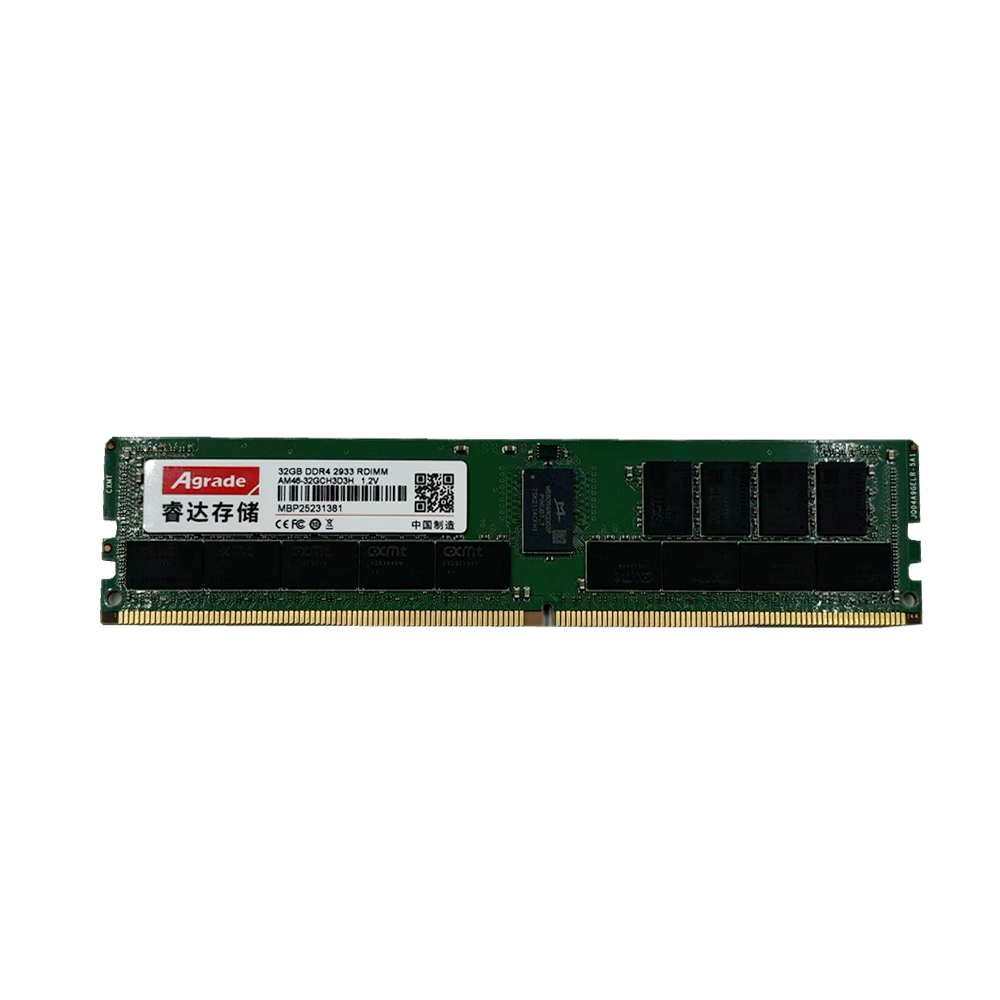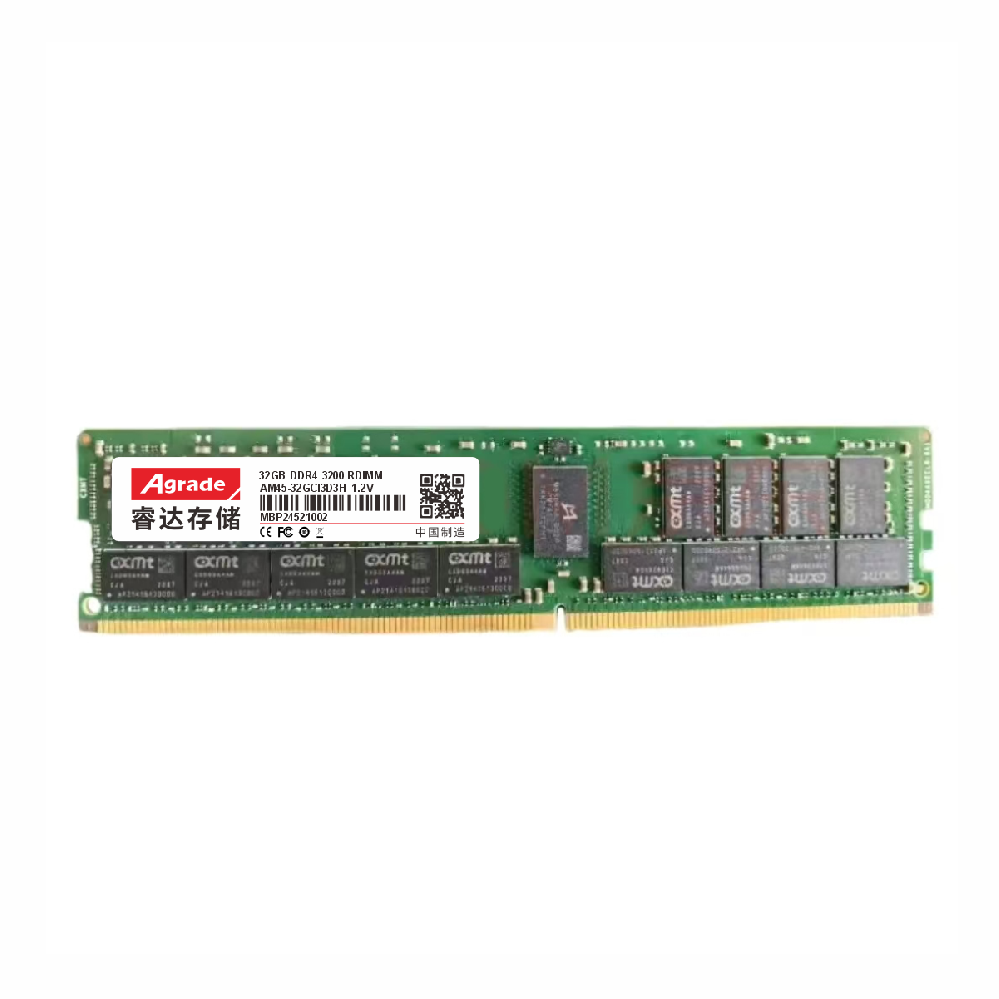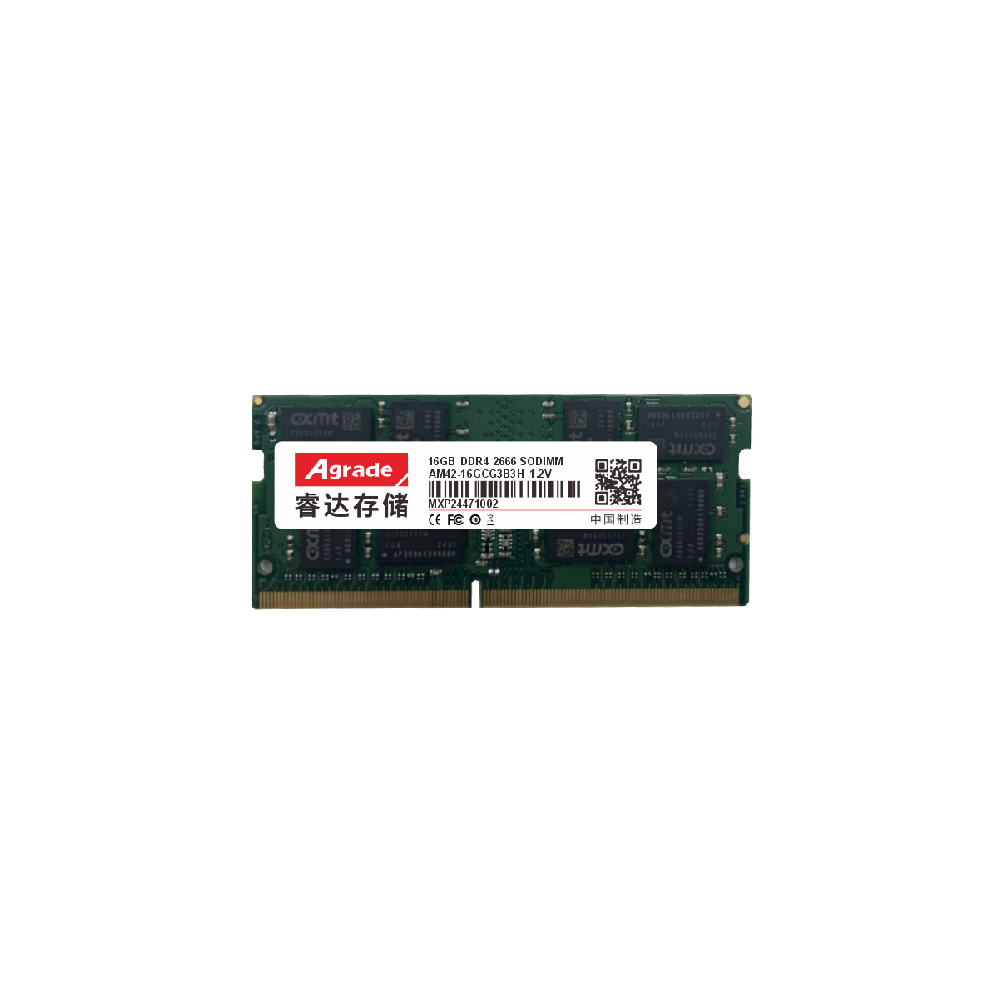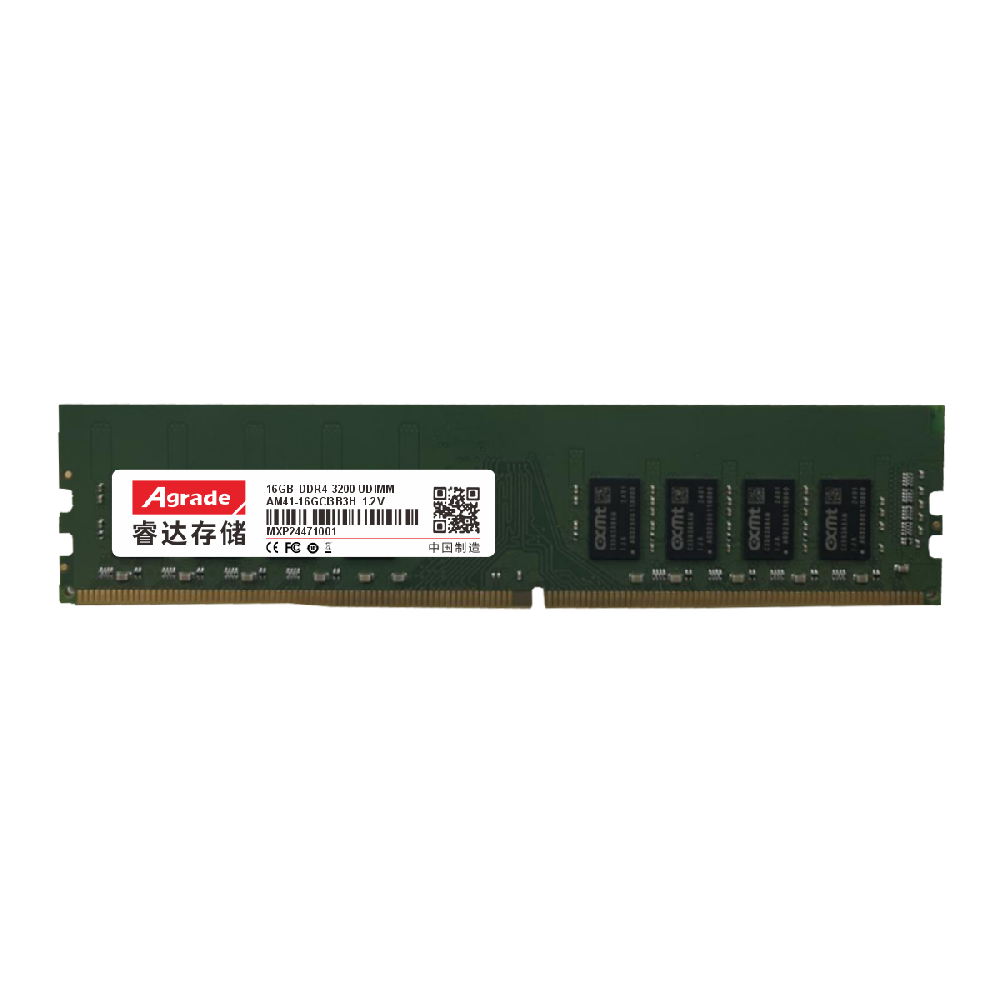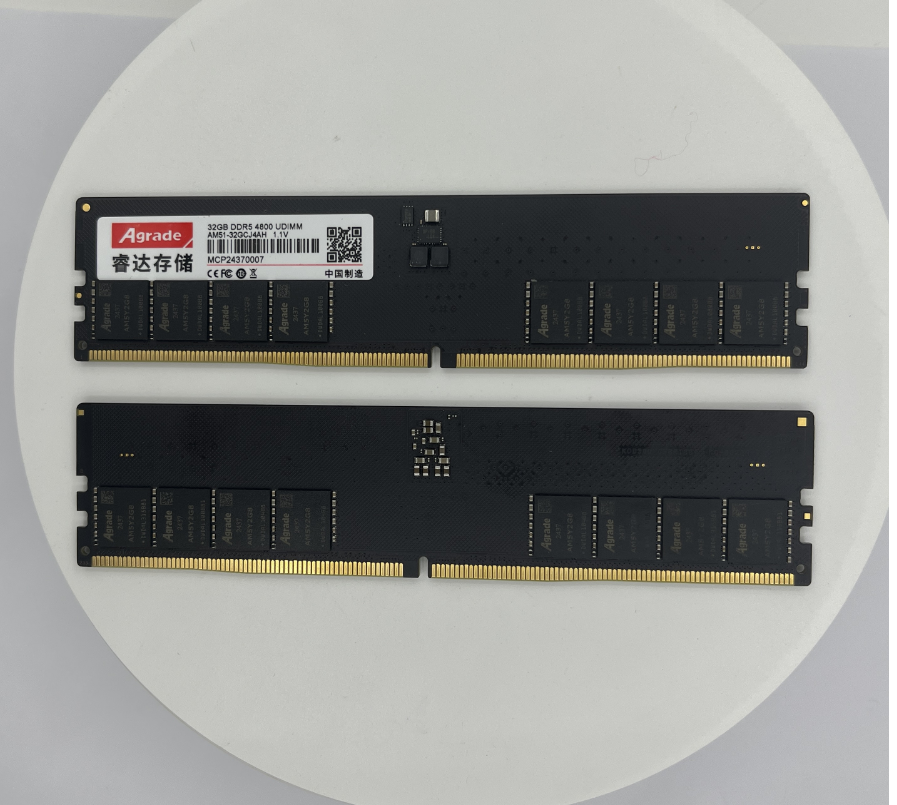

News
 电商部
电商部  2025-10-15 11:52:24
2025-10-15 11:52:24 What is the difference between USB 3.0 interface and USB 2.0 interface?
In today's era of widespread digital devices, USB interface serves as the core channel for data transmission, and its performance directly affects the device user experience. Among them, USB 3.0 and USB 2.0, as mainstream standards, have significant differences in technical architecture, transmission efficiency, and application scenarios. This article will analyze the essential differences between the two from four dimensions.
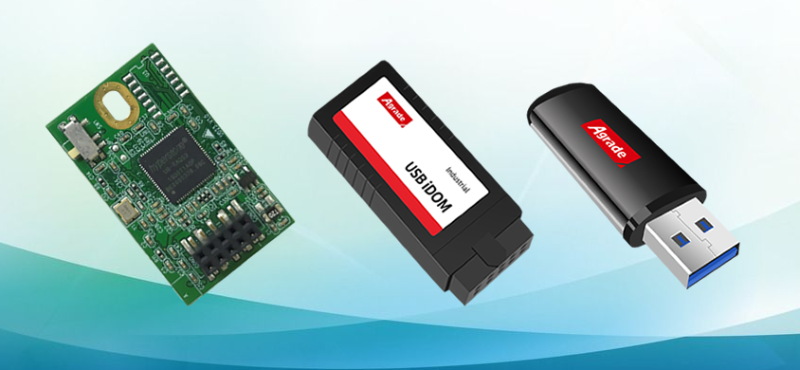
1、 Transmission rate: a leapfrog increase in speed
The theoretical transmission rate of USB 2.0 is 480Mbps (about 60MB/s), while USB 3.0 directly jumps to 5Gbps (about 625MB/s). In actual use, the sustained read and write speed of USB 3.0 can reach over 150MB/s, which is 3-5 times that of USB 2.0. This gap is particularly evident when transferring high-definition videos, large game files, or batch images. USB 3.0 can shorten the time to minutes, while USB 2.0 may take several hours.
2、 Power supply capability: supporting more high-power devices
The power standard of USB 2.0 is 5V/0.5A (2.5W), which can only meet the needs of low-power devices such as mice and keyboards. USB 3.0 is upgraded to 5V/0.9A (4.5W), and some devices support USB Power Delivery (USB PD) protocol, which can expand the power supply capacity to 20V/5A (100W), enough to drive portable hard drives, external graphics card docks, and even laptops, achieving a convenient experience of "first-line power supply+data transfer".
3、 Interface Design: Physical Structure and Compatibility
On the basis of retaining the four pins of USB 2.0, the USB 3.0 interface has added five pins (marked in blue), with two sets of pins independently responsible for high-speed data transmission, ensuring downward compatibility with USB 2.0 devices. However, if a USB 3.0 device is connected to the USB 2.0 interface, the transfer rate will automatically downgrade to the USB 2.0 standard.
4、 Application scenario: Evolution from Basic to Professional
USB 2.0 is still widely used in basic peripherals such as USB drives and card readers due to its low cost; USB 3.0, with its high-speed and high-power characteristics, has gradually become a standard configuration for professional devices, such as:
Video capture card: supports 4K/60fps real-time transmission
Mobile Solid State Drive: Read and write speeds exceed gigabit level
Docking station: Multiple devices connected simultaneously without pressure
Summary: USB 3.0 is not a simple upgrade of USB 2.0, but a comprehensive innovation from technical architecture to application scenarios. For users who pursue efficiency and compatibility, USB 3.0 has become an inevitable choice; In scenarios with limited budget or low speed requirements, USB 2.0 still has practical value. In the future, with the popularity of USB 4.0, interface standards will further move towards high speed and intelligence.






